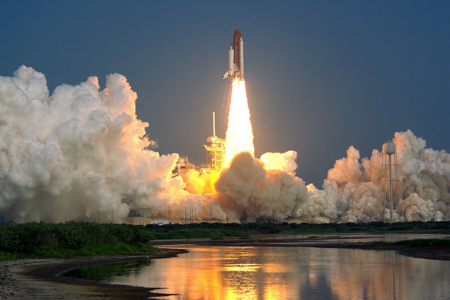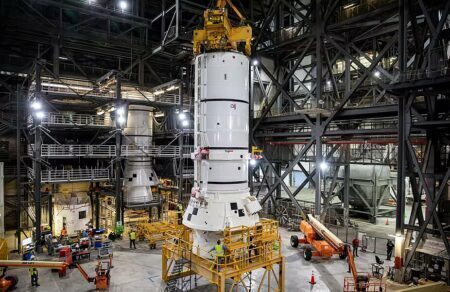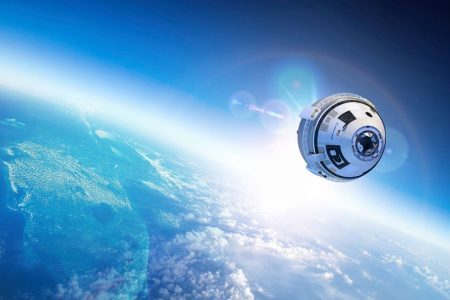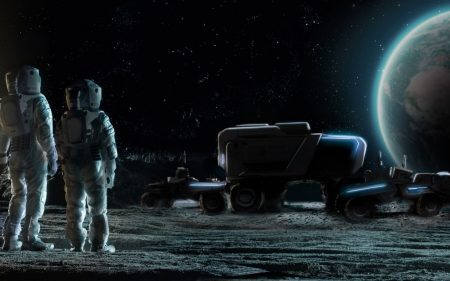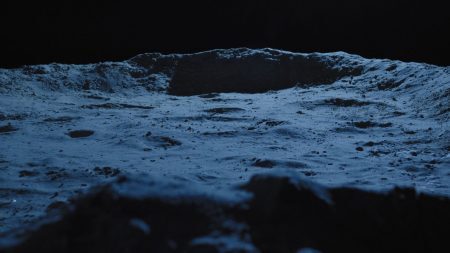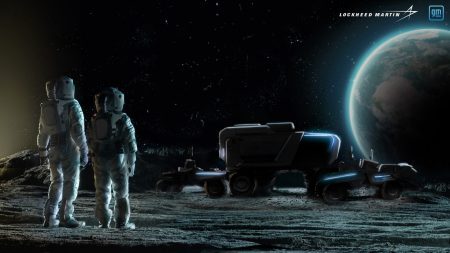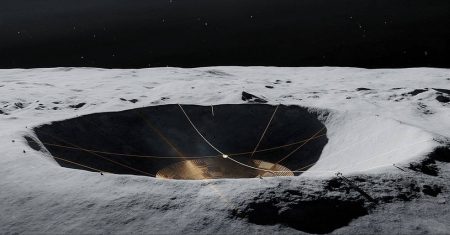Space travel is all about momentum. Rockets turn their fuel into momentum that carries people, satellites and science itself forward into space.…
Browsing: moon
A SpaceX rocket has been tumbling about in space for the past seven years. It will come to an eventual,…
On December 19 1972, astronauts Eugene Cernan, Harrison Schmitt and Ronald Evans splashed down safely in the Pacific Ocean, ending…
Astronomers ended 2021 on a high with the launch on December 25 of the James Webb Space Telescope, a joint mission…
A space station on the Moon could be very useful. It would provide future space missions with a stopping point…
On Nov. 15, 2021, Russia destroyed one of its own old satellites using a missile launched from the surface of the Earth,…
NASA has a fairly aggressive timeline for returning humans to the moon with its Artemis lunar missions. The original projection…
We live in a world in which momentous decisions are made by people often without forethought. But some things are…
The 2021 Mars mission aside, NASA’s Artemis project is the next big thing in space exploration. The American space agency…
We said recently that this year feels like it’s all about space and NASA’s news that it’s looking at building…

